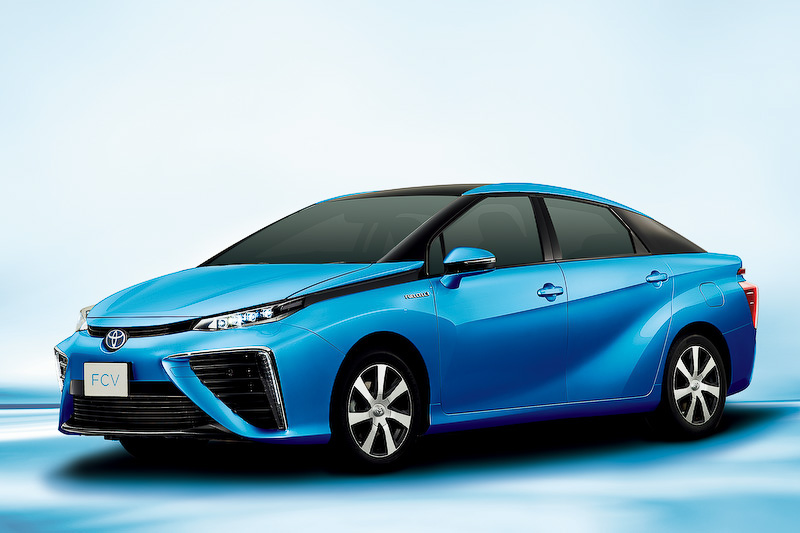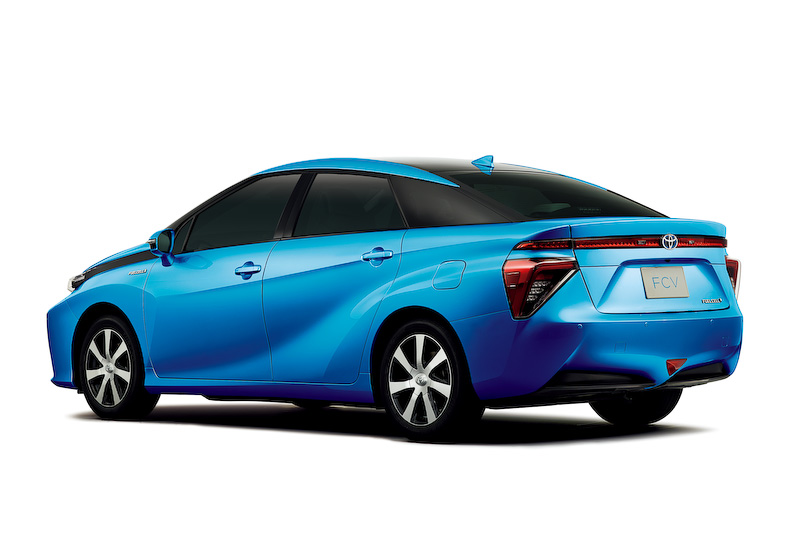The future is broad for Toyota. As one of the world’s dominant automakers in profits and volume, Toyota has both the disincentive and means to innovate in cars. We say disincentive because if the boat is fine, why rock it? Toyota did a bit of rocking when they partnered with Tesla to explore electric drive technology, then rocked the both further still when they severed that agreement last month.
Now, Toyota’s global head of research and development, Mitsuhisa Kato, the guy who has more engineers, designers, scientists and automotive gurus than practically anyone on earth, says that for electric vehicles to work, we need a hail-mary pass, a miracle: “somebody needs to invent a Nobel Prize-winning type battery.”
For now, it seems, Toyota believes electric vehicles are not ready.
Toyota already proved that it could make new technologies work (see: hybrids) before anyone else. It has acknowledged that its interiors need work, and that the UK-only Auris will receive the first makeover. Says Product Chief Karl Schlicht, “We’re going to take immediate action on that – this year – on Auris. For a minor change, it’s more than we’ve ever done. I want to fix it as badly as you do.”
Also speaking about drabness, Schlicht revealed why Toyotas—though extremely reliable and safe—fail to inspire when it comes to eye-catching design: “We used to have 150 people in a design studio (I was there working, and I couldn’t believe it!). That’s why we had neutral and bland product.” That overcrowding of a studio speaks volumes about design: adding more people to a product makes it vanilla. Schlicht says that Toyota President Akio Toyoda has had enough of that approach and is “liberating the designers.”
Where does that leave Toyota in the future? Better interiors and more exciting exteriors are great, but without significant improvements in hybrid technology, and by abandoning electric drive to the Nobel-winners, what does Toyota expect will save the day under the hood?
The answer, of course, is hydrogen fuel cell technology. This is a complex idea with a simple approach: take the most common element in existence—hydrogen—and extract energy from it. Toyota’s moving forward by promising a U.S. production model of their FCV in 2016. The result would be a vehicle that doesn’t use fossil fuels, has the range of a gas-powered vehicle, can fill up within minutes, and produces zero polluting emissions.
A recent collection of patent applications from Toyota shows that they are hard at work making this vehicle a reality. One patent protects the fuel cells from humidity which hinders their performance. Another cools the hydrogen when it’s time to refuel. Toyota has a long ways to go, but they have a suitably patient approach. Says Managing Officer Satoshi Ogiso:
“Unless you are willing to accept losses initially, it’s not possible to increase sales.”
And Executive Vice-President Mitsuhisa Kato: “This is the start of a long challenge to make hydrogen a standard feature in society and to make the fuel-cell vehicle an ordinary automobile.”
This is the world as Toyota sees it. We look forward to watching developments in the automotive world unfold.






Comments are closed.